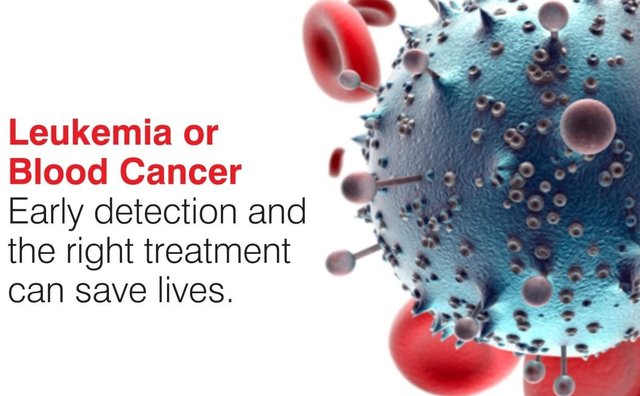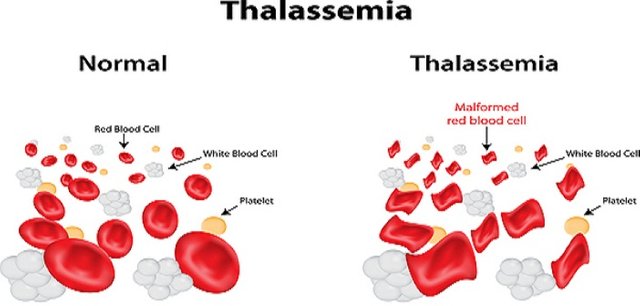The blood is a specialized body fluid that provides the vital nutrients to the cells in our body, such as oxygen, sugar and hormones.
 image source
image source
The blood has many functions that are necessary for our survival. Most important functions are listed below:
1- Blood helps in the transport of materials in the body. These material include nutrients, water, salts and waste products. The hormones are also transported by blood from endocrine tissues.
2- Blood transports gases like oxygen and carbon dioxide.
3- Blood helps to protect the body against diseases. Neutrophils and monocytes engulf and destroy the foreign microorganisms i.e. bacteria.
4- Blood provides immunity to our body by lymphocytes.
5- Blood provides vital proteins like interferon and antitoxins, which protect our body from toxins.
6- Blood maintains the acid-base balance in our body by acting as a buffer.
7- Blood helps to maintain body temperature, concentration of water and salts. Thus it helps to maintain homeostasis.
8- Blood helps in blood clotting process and seals the wounds.
There are many disorders which are related to the blood. Some of them are as below:
Blood Cancer (Leukemia):
 image source
image source
Blood cancer results due to the uncontrolled production of white blood cells; known as leucocytes. This uncontrolled production is caused due to mutation of myelogenous (bone marrow) cell. The leukemia is characterized by numerous increase in number of abnormal white blood cells in blood circulation. The myelogenous cells are found in bone marrow and they may spread throughout the body, so white blood cells are also produced in other organs. These white blood cells are defective and are not completely differentiated.
The leukemia can be of different types depending on which type of white blood cells are affected. It may be neutrophilic leukemia, basophilic leukemia, monocytic leukemia and lumphcytic leukemia.
Blood cancer is a serious disorder and the patient has to replace his blood with the normal blood regularly. It can be treated with bone marrow transplant which is very expensive treatment and most of the time effective.
Thalassemia:
 image source
image source
It is basically a genetic abnormality of hemoglobin. It is characterized by presence of microcytes which are produced due to enlargement of spleen and due to changes in skin and bones. Again, the blood of the patients must be replaced regularly with the normal blood. It can also be treated with bone marrow transplant which is very expensive and not 100% effective.
Edema:
 image source
image source
In this condition there is excess fluid present in the tissues of the body. This fluid can be present inside the tissues or outside the tissues. The intracellular edema is due to osmosis of water into the cells and depression of metabolic system. The extracellular edema may be due to abnormal leakage of fluid from the blood capillaries and renal retention of salt and water.
Edema disturbs the concentration of minerals and ions in the blood and affects blood pressure and heart load.
Commonly diuretics is used to treat edema. In this process, the kidneys excrete extra fluid from the body which reduces the fluid volume in the body. Extreme care is required during diuretics as it can cause dehydration.






Interesting knowledge about blood
This post has been upvoted and picked by Daily Picked #47! Thank you for the cool and quality content. Keep going!
Don’t forget I’m not a robot. I explore, read, upvote and share manually 😊
You can upvote, follow, resteem, delegate and join my curation tail to support me, good creators and minnows.
Thank you!
A very good article. Keep up the good work.